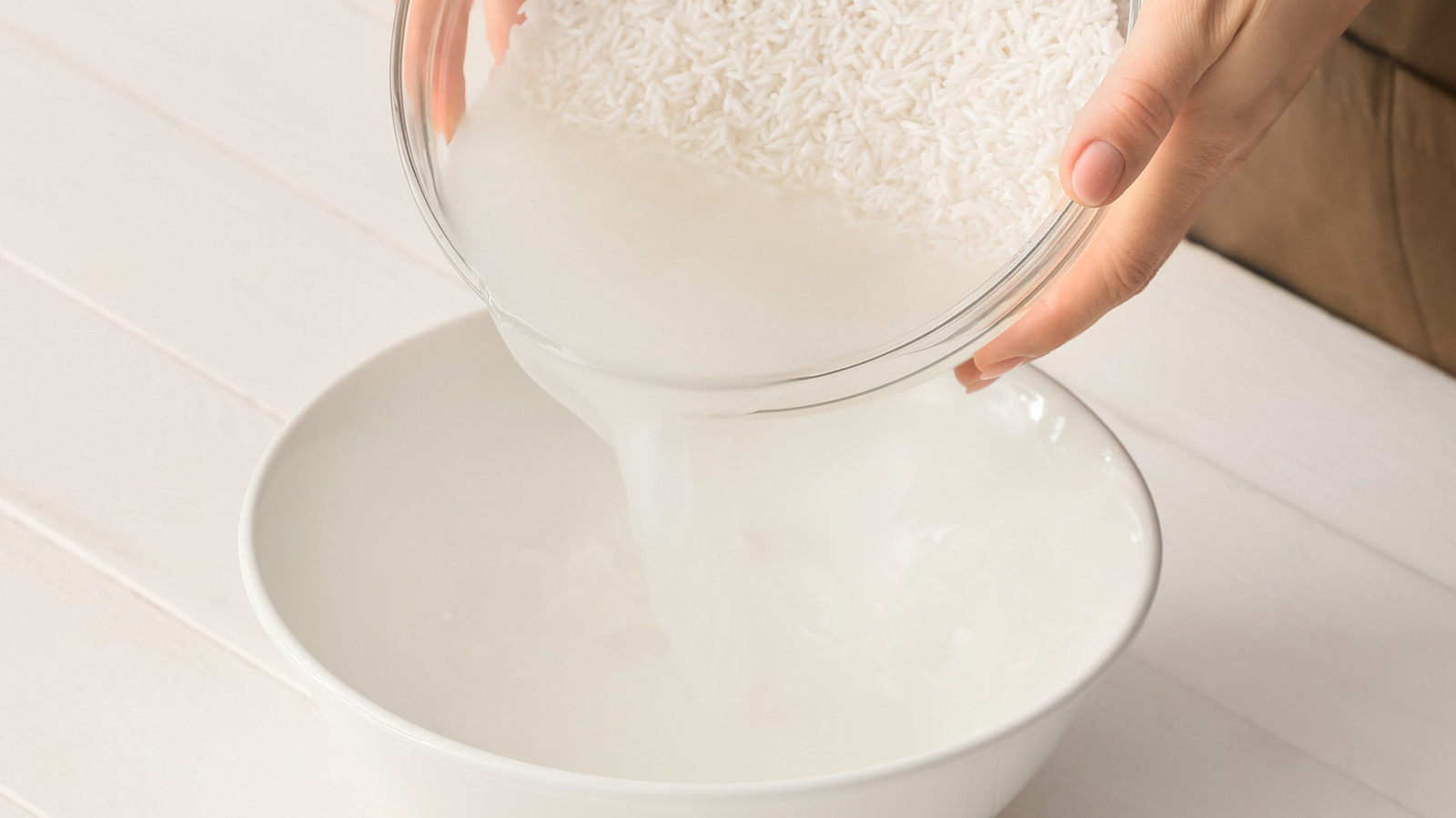
"Rinsing is done to remove excess starch that can lead to gloopy rice when cooked, but it's this starch that can boost plant growth. In this water you'll also find plenty of nutrients that are used in commercial fertilizers, in particular nitrogen, phosphorous, and potassium. Next time you cook rice, rinse the grains in a container rather than a mesh sieve. Pour off the cloudy water as you go, setting this aside as your fertilizer. Continue to add fresh water and rinse until clear."
"This water can be applied directly to plants, but no more than once a month. A buildup of starch in the soil can attract pests as well as lead to bacterial growth or mold. Starchy rice water can be beneficial for most indoor plants including ferns, spider plants, and pothos, but be aware of the risk of overwatering when using it on succulents. In a kitchen garden, rice water can increase fruit growth for edible plants such as tomatoes, peppers, and eggplants."
Rice rinsing water contains starch and nutrients including nitrogen, phosphorus, and potassium, which can benefit plant growth. Rinse rice in a container rather than a sieve and collect the cloudy water, repeating until clear. Apply the collected rice water directly to soil-grown plants no more than once a month to avoid starch buildup that can attract pests or cause bacterial growth or mold. Rice water suits many indoor plants such as ferns, spider plants, and pothos and can boost fruiting in tomatoes, peppers, and eggplants. Avoid using rice water in aquaponic or hydroponic systems due to bacterial and mechanical risks.
Read at Tasting Table
Unable to calculate read time
Collection
[
|
...
]